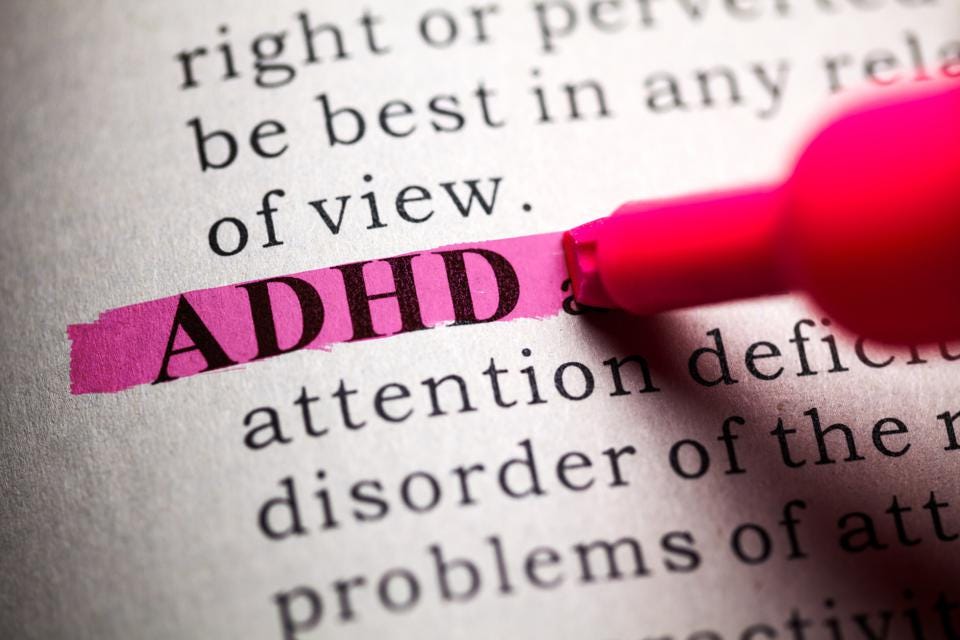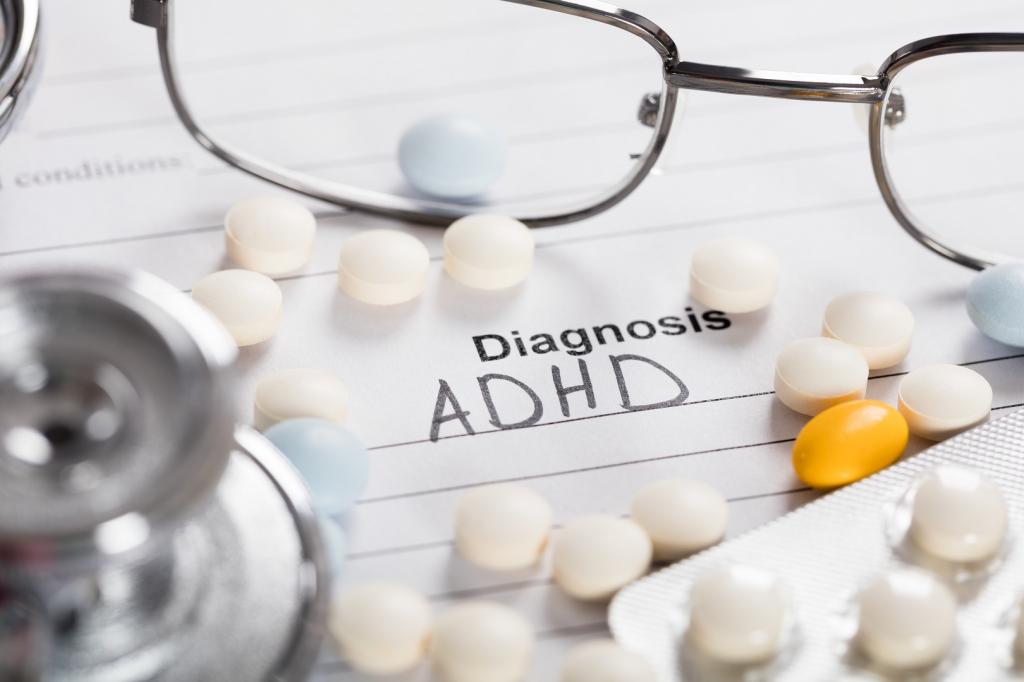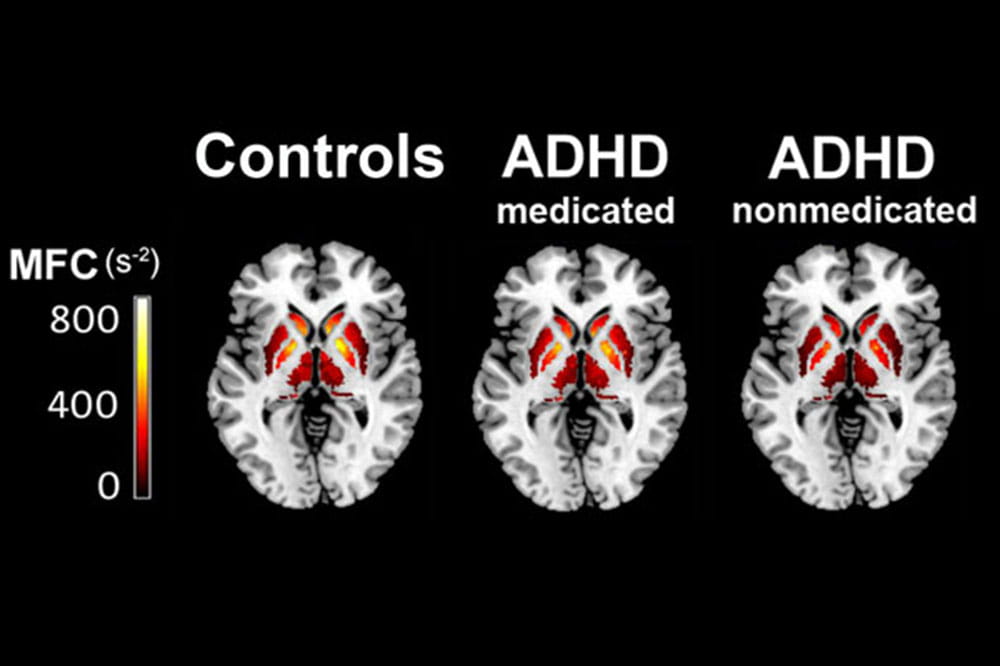Medical updates: ADHD is one of the most prevalent pediatric neurodevelopmental diseases. It is typically diagnosed in childhood and might extend into maturity. Children with ADHD may have difficulty paying attention, restraining impulsive actions (doing without considering the outcome), or being extremely active.
What is ADHD?

GETTY
Attention deficit hyperactivity disorder (ADHD) is a mental health problem characterized by increased hyperactivity and impulsive behaviors. Individuals with ADHD may also struggle to focus their attention on a single task or to sit quietly for extended periods of time.
Many people endure inattention and energy fluctuations. When compared to persons who do not have ADHD, this occurs more frequently and to a higher extent. It can have a substantial impact on their schooling, jobs, and personal lives.
ADHD may affect both adults and children. The American Psychiatric Association recognizes it as a diagnosis (APA).
Types of ADHD
The American Psychological Association (APA) has classified ADHD into three types in order to improve consistency in diagnosis. These people are mostly inattentive, predominantly hyperactive-impulsive, or a combination of both.
1.Predominantly inattentive
People with this kind of ADHD, as the name implies, have great difficulties focusing, finishing tasks, and following instructions.
Also read:https://medicalupdates.in/https-medicalupdates-in-lions-mane-mushroom/
Experts also think that many children with the inattentive type of ADHD may go undiagnosed since they do not disrupt the classroom. According to a reliable source, this is more frequent among girls with ADHD.
2. Predominantly hyperactive-impulsive type
People who have this type of ADHD are predominantly hyperactive and impulsive. This might include:
- fidgeting
- interrupting people while they’re talking
- not being able to wait their turn
Although inattention is less of an issue with this kind of ADHD, persons with hyperactive-impulsive ADHD may still struggle to focus on activities.
3. Combined hyperactive-impulsive and inattentive type
This is the most common type of ADHD. Individuals with this kind of ADHD exhibit both inattentive and hyperactive symptoms. These characteristics include difficulty in paying attention, impulsiveness, and above-average levels of activity and energy.
The type of ADHD you or your child has will determine how you or your child is treated. Because the kind you have might change over time, so can your treatment.
How is attention-deficit/hyperactivity disorder diagnosed?

ADHD is the most commonly diagnosed children’s behavior condition. ADHD is generally diagnosed in children by a physician, child psychiatrist, or a competent mental health practitioner. The diagnosis of ADHD is aided by a comprehensive history of the child’s conduct from parents and teachers, observations of the child’s behavior, and psychoeducational testing. Even though ADHD is a collection of symptoms, diagnosis is based on a combination of physical, neurological, and psychological testing results. Some tests can be used to rule out other diseases, while others can be used to assess intellect and skill sets. Also read: https://medicalupdates.in/medical-updates-traffic-pollution-affects-brain/
Symptoms
A wide range of behaviors are associated with ADHD. Some of the more common ones include:
- having trouble focusing or concentrating on tasks
- being forgetful about completing tasks
- being easily distracted
- having difficulty sitting still
- interrupting people while they’re talking
ADHD symptoms and signs can vary depending on the aspect of the disorder, such as hyperactivity, impulsivity, or difficulty focusing.
A person suffering from hyperactivity and impulsivity may:
- find it difficult to sit still or remain seated, for example, in class
- have trouble playing or carrying out tasks quietly
- talk excessively
- find it hard to wait their turn
- interrupt others when they’re speaking, playing, or carrying out a task
Also read this:https://medicalupdates.in/medical-updates-what-is-high-blood-pressure/
Someone who is having difficulty focusing might:
- make frequent mistakes or miss details when studying or working
- find it hard to maintain focus when listening, reading, or holding a conversation
- have trouble organizing their daily tasks
- lose items frequently
- be easily distracted by small things happening around them
If you or your child has ADHD, you may have some or all of these symptoms. The symptoms you have will depend on the type of ADHD you have.
Treatment of ADHD

Behavioral therapy, medication, or both are commonly used to treat ADHD.
Psychotherapy and talk therapy are two types of treatment. You or your child will discuss how ADHD impacts your life and how to manage it in talk therapy.
Another therapy type is behavioural therapy. This treatment can help you or your child learn how to monitor and manage your behavior.
Medication can also be quite beneficial if you have ADHD. ADHD medications are designed to alter brain chemistry in such a manner that you can better regulate your impulses and behaviors.
ADHD medication
The two main types of medications used to treat ADHD are stimulants and nonstimulants.
Central nervous system (CNS) stimulants are the most commonly prescribed ADHD medications. These drugs work by increasing the amounts of the brain chemicals dopamine and norepinephrine.
Examples of these drugs include methylphenidate (Ritalin) and amphetamine-based stimulants (Adderall).
If stimulants are ineffective or create unpleasant side effects in you or your child, your physician might suggest a non-stimulant drug. Some non-stimulant drugs act by raising norepinephrine levels in the brain.
These drugs include atomoxetine (Strattera) and antidepressants like bupropion (Wellbutrin).
ADHD drugs can have several advantages as well as disadvantages.
Natural remedies for ADHD
Many solutions have been proposed to help improve ADHD symptoms in addition to – or instead of – medication.
Making lifestyle adjustments, for example, may help you or your kid manage ADHD symptoms. The Centers for Disease Control and Prevention (CDC)Trusted Source recommends the following:
- eating a nutritious, balanced diet
- getting at least 60 minutes of physical activity per day
- getting plenty of sleep
- limiting daily screen time from phones, computers, and TV
Yoga, tai chi, and spending time outside have also been demonstrated in studies to help calm hyperactive brains and may alleviate ADHD symptoms.
Another alternative is mindfulness meditation. According to 2015 Trusted Source research, meditation may increase focus in persons with ADHD.
Avoiding some allergies and dietary additives may also help lessen ADHD symptoms.
Credit: Healthline

